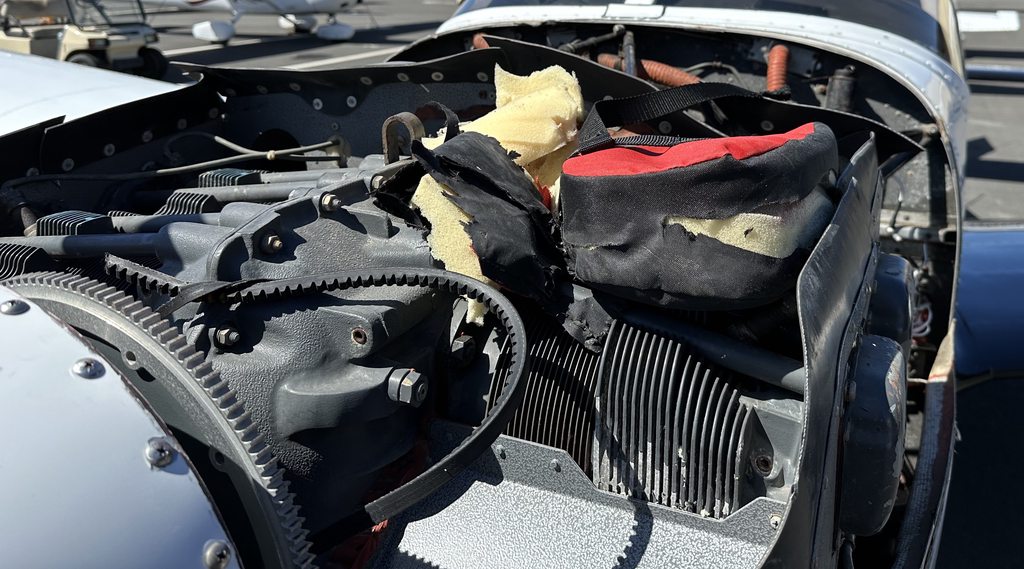techflight
Pre-Flight
- Joined
- Oct 18, 2022
- Messages
- 40
- Display Name
Display name:
techflight
A renter today neglected to remove the cowl plugs from my Piper Archer, ingesting them into the engine bay. He then proceeded to somehow complete a one hour flight and landed back without issue, oblivious the entire time (even remarked how everything worked great).

I'm at a loss. The only obvious damage beyond the now dead battery is the alternator belt which snapped completely off and will need to be replaced. The shop will of course be doing an inspection. I am worried about any possible long-term damage that might come up later (that might be impossible to pin on this incident)-- is there anything I should be concerned about (not sure if this is even a valid concern) or ask the mechanics to look at in particular?

I'm at a loss. The only obvious damage beyond the now dead battery is the alternator belt which snapped completely off and will need to be replaced. The shop will of course be doing an inspection. I am worried about any possible long-term damage that might come up later (that might be impossible to pin on this incident)-- is there anything I should be concerned about (not sure if this is even a valid concern) or ask the mechanics to look at in particular?

